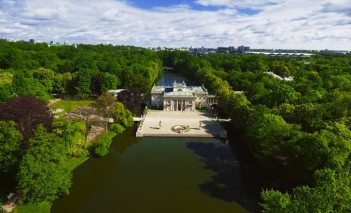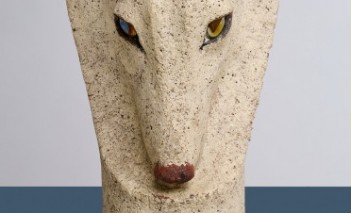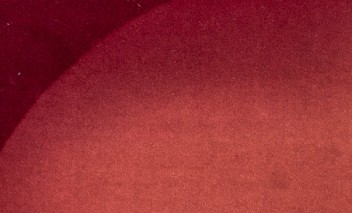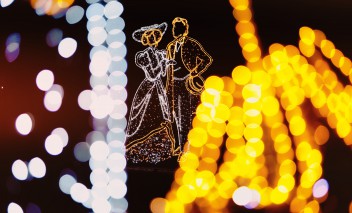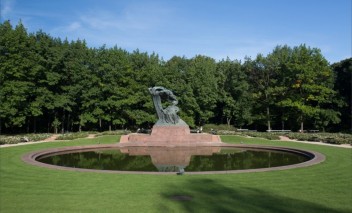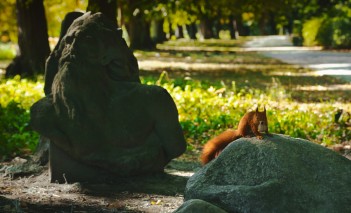Exhibition: "ONNA. Beauty, Strength, Ecstasy"
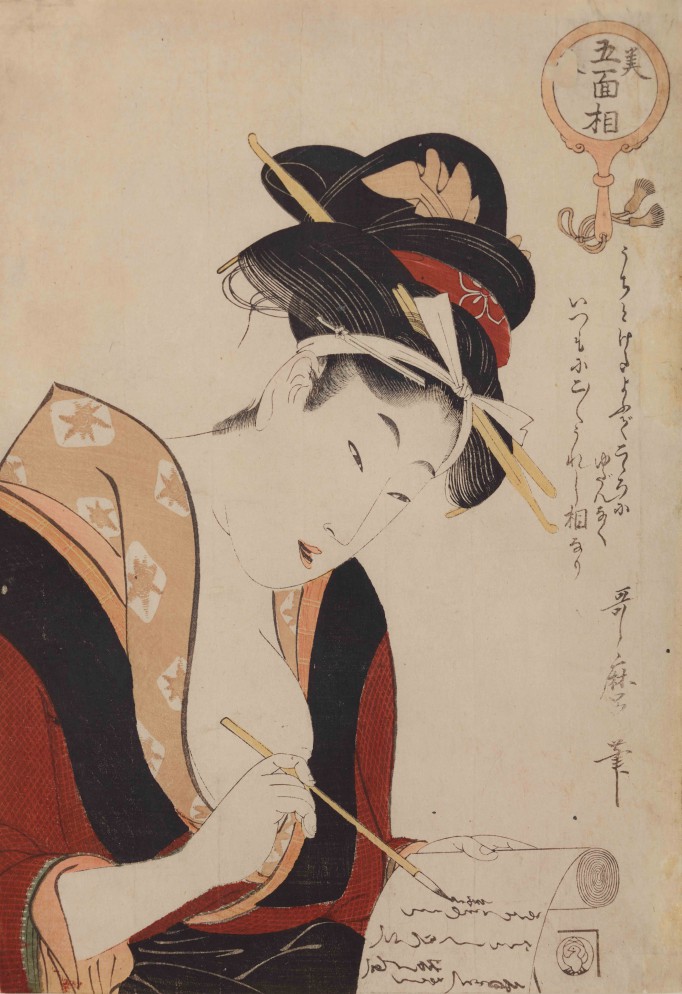
Depictions of Japanese women carved on Edo-period wood engravings made by the greatest Japanese masters will be displayed from 16 May until 15 August 2018 at an exhibition in the Royal Łazienki. The works come from the National Museum in Kraków and are one of the most precious Japanese engravings from across all Polish collections.
The exhibition "ONNA. Beauty, Strength, Ecstasy" is the fruit of the cooperation between the Royal Łazienki Museum and the National Museum in Kraków.
The exhibition will be held in the Officer Cadets School from Tuesdays to Sundays between 10.00 and 18.00. Admission: PLN 1, Thursday is the day of admission-free visits.
Wood Engravings from the Edo Period
The exhibition comprises almost one hundred wood engravings from the Edo period (1603-1868), whose subjects are women (from Japanese onna) portrayed by the greatest Japanese masters. The featured artists include Suzuki Harunobu (1724–1770), known as the father of wood engravings, Torii Kiyonaga (1752–1815), depicting scenes in refined, narrow composition formats, as well as the founder of the Utagawa school – master Toyokuni (1769–1825), depicting his models in subtly slimmed down proportions. Among the featured admirers of women’s beauty is also the prominent artist from the so-called golden age of wood engraving – Kitagawa Utamaro (1753–1806).
The works presented at the exhibition in the Officer Cadets school are among the most valuable Japanese engravings from all Polish collections. The displayed collection is owned by the National Museum in Kraków, and its core elements are wood engravings donated in 1920 by the Polish expert in this art genre– Feliks “Manggha” Jasieński.
The Japanese engravings tell the tale of women: their grace, emotions, ecstasies and joys. Visitors will have a chance to see the ideal of feminine beauty and how it evolved from the 17th to the 19th century, taking as examples the fashionable designs of patterned kimonos, as well as the characteristic Japanese hairstyles, which reflected the woman’s age, profession and marital status.
Artists from the Edo period studied various aspects of life and created, among others, the depiction of the woman-mother in her relations with children (in Japanese boshi-e), woman-warrior, known in Japanese as onna bugeisha, as well as the theatre-themed yakusha-e, which depict actors of the kabuki theatre playing women’s roles.
The Japanese woman is also the protagonist of the metaphysical world depicted by the masters of the Edo period, where phantoms of transcendental visions entice, frighten and unsettle.
Shunga – Japanese Erotic Paintings
The exhibition will introduce the audience to the world of love stories, the complicated fates of lovers, and tales with dramatic finales – sometimes ending with a double suicide (in Japanese shinju-mono). The figures have been portrayed in the moment of mutual infatuation, exchanging subtle gazes and delicate gestures. Pleasure districts, which often serve as the background for the portrayed events, have often been the inspiration of the tales of erotica of those times. They are the setting for a rich and important genre of art – the erotica known in Japan as shunga. Visitors accompanied by underage persons are advised that part of the exhibition presents intimate graphic scenes.
The exhibition – devoted to feminine beauty – has been enriched with the inclusion of kimonos, obi belts as well as examples of artistic craftsmanship – mirrors, combs and hair sticks.
